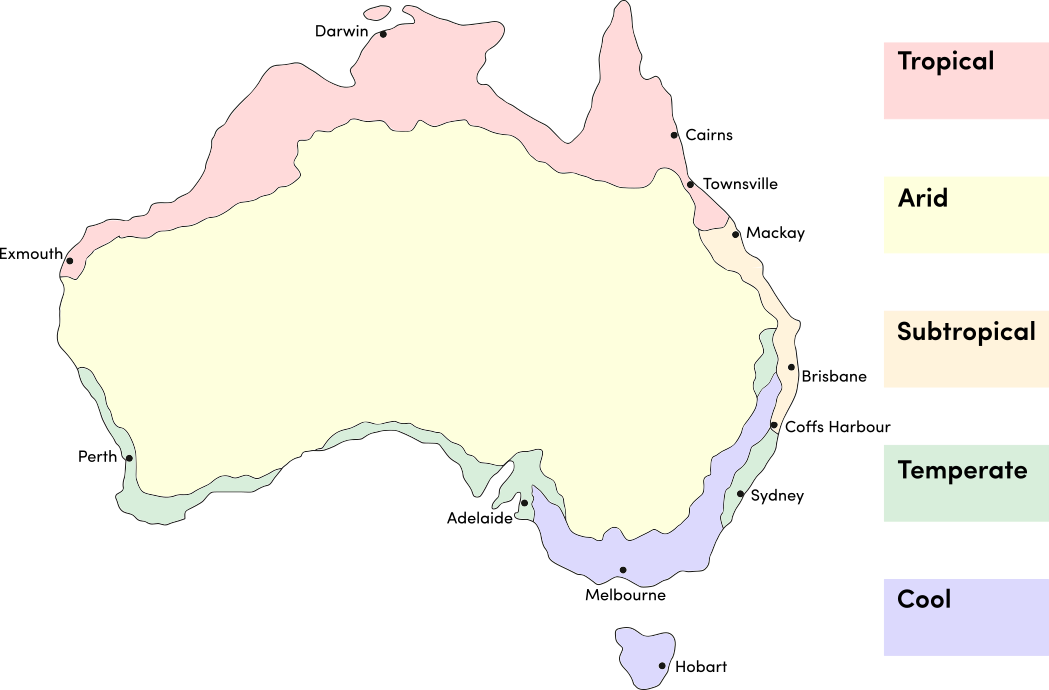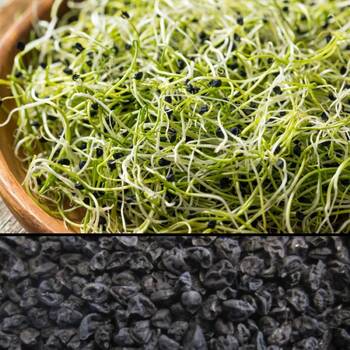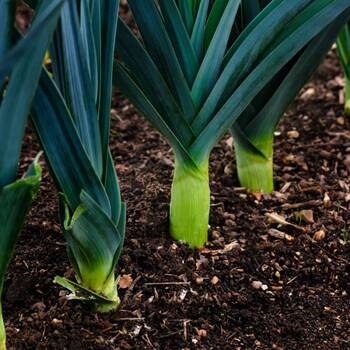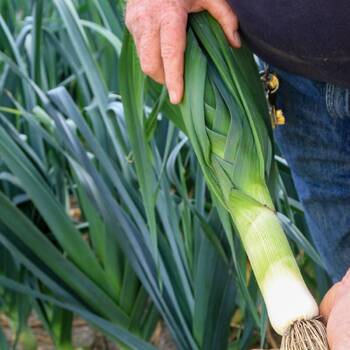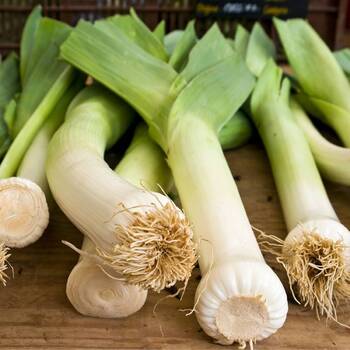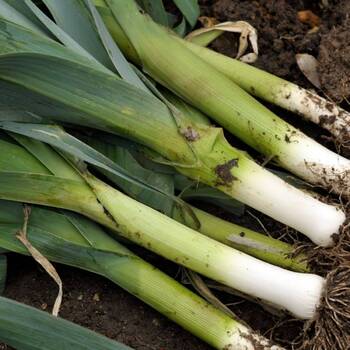Leek Seeds_
Guides
-
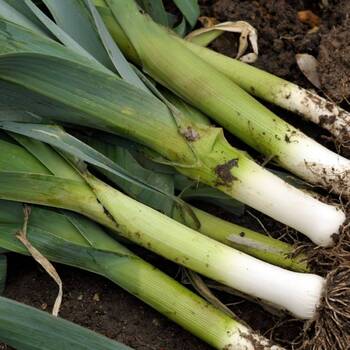
How to Grow Leek Seeds
A comprehensive guide on how to grow Leek Seeds; including soil preparation and position, when and how to sow, when and how to harvest and common pests and diseases. View guide.
-
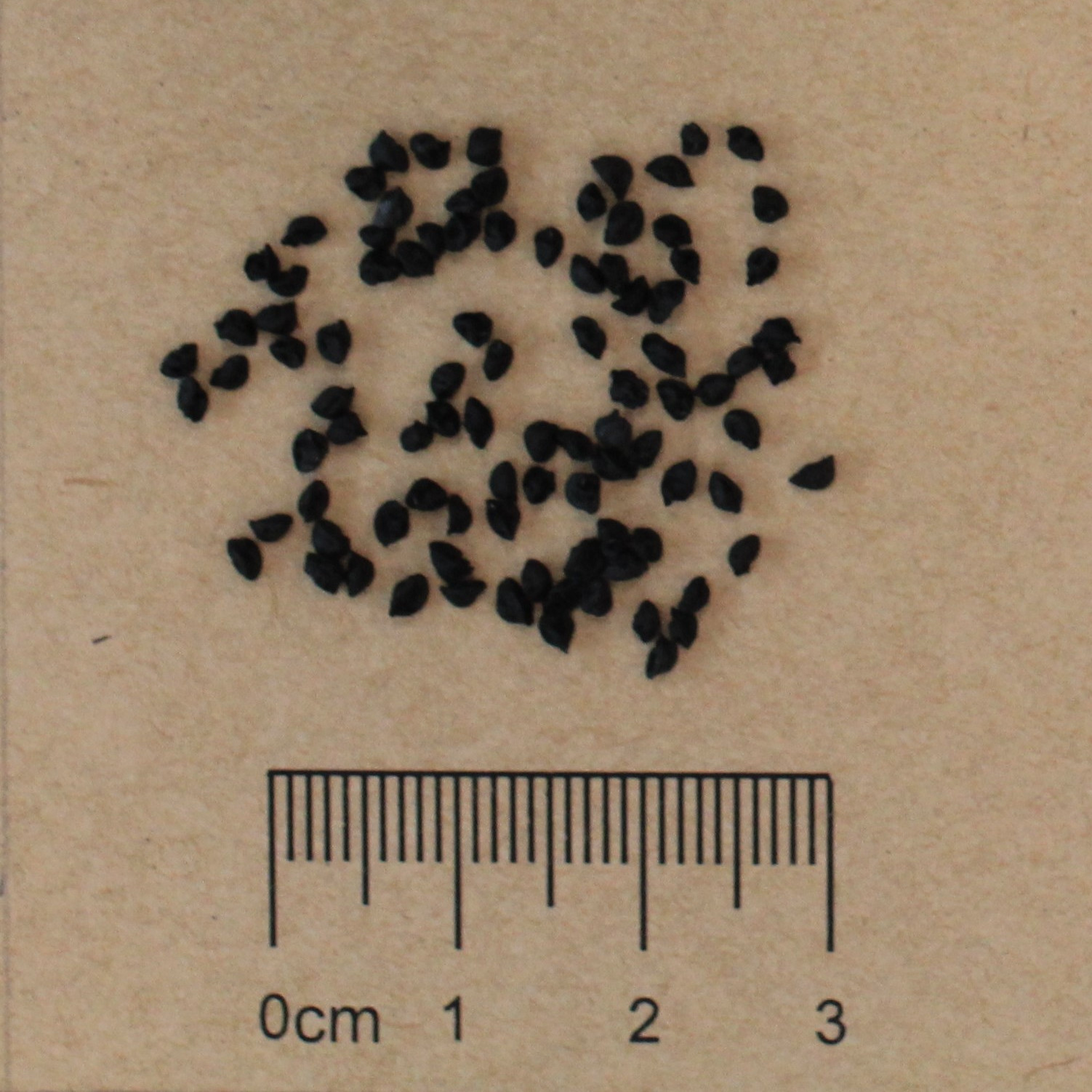
Seed Saving Guide: Leek (Allium ampeloprasum)
A guide on how to save Leek seeds; including pollination type, isolation distance, when to harvest and best cleaning methods. View guide.
More Related Content
-
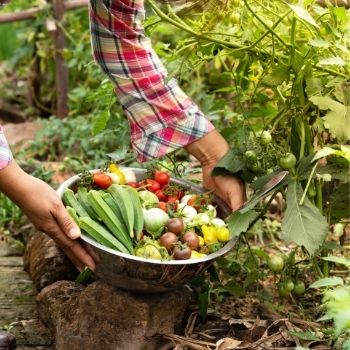
Garden for a Day, Eat for a Decade
This article covers a few edible plants, from herbs to veggies and floral garnishes, which require the least amount of maintenance and are reasonable to grow in zones most climates. Read article.
-
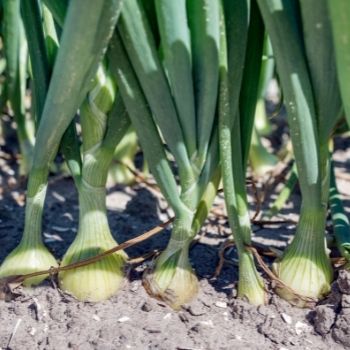
Let’s Explore the Onion (Allium) Family!
The Allium family encompasses all of these wonderful vegetables; garlic, onions, leeks, chives, shallots, spring onions, bunching onions and bulb producing onions. With so many varieties to choose from how do you know which one you want to grow? Read article.
-
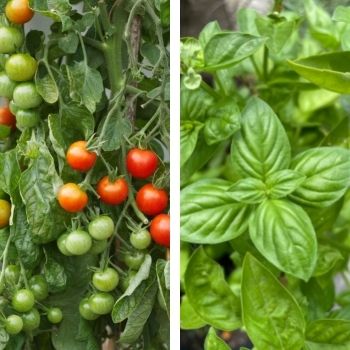
Perfect Partners: How Interplanting Can Boost Gardening Success
Interplanting two or more crops together can boost the health and productivity of your veggie garden. It can also add convenience to your growing and harvesting, as this article explains. Read article.

